Looking for opportunities after a Puerto Rican research station was badly damaged by Hurricanes Irma and Maria.
Ours is a resilient world; when hurricanes devastate landscapes, mere months afterward new growth appears. Also resilient are researchers; when hurricanes devastate research sites, scientists find ways to turn catastrophe into opportunity.
When Hurricanes Irma and Maria carved their destructive paths across the Caribbean, they left behind grieving communities without power, badly damaged homes and infrastructure and completely altered ecosystems. One of these was the El Yunque National Forest, on the northeastern side of Puerto Rico.
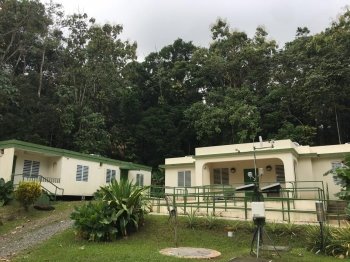
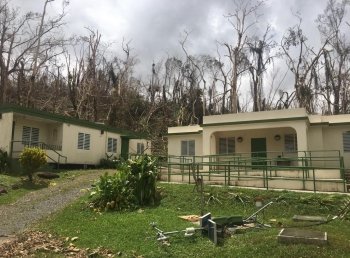
El Yunque is the only tropical forest in the U.S. Forest Service system, which makes it ideal for understanding the effects of climate change where those changes will impact the most. Molly Cavaleri, associate professor of tree physiology in the School of Forest Resources and Environmental Science, is leading Tropical Response to Altered Climate Experiment (TRACE), a Forest Service and the U.S. Department of Energy-funded project, with fellow researchers Tana Wood from the U.S. Forest Service, and Sasha Reed with the U.S. Geological Survey.
When Irma passed the island, the forest canopy where the TRACE project is located was patchily damaged. Hurricane Maria finished the job, and marred project equipment at the same time.
These events left the researchers wondering how to move the project forward now that many if not all of the parameters had been dramatically altered. When natural disasters damage research stations, what is the best way to carry on?
Challenges
TRACE is the first field-scale warming experiment in any tropical forest. In the El Yunque Experimental Forest within the national forest, the research team has been using infrared heaters to warm three plots that are four meters in diameter to determine how a rise of four degrees Celsius affects carbon and nutrient cycling in the plants and soil microbial communities. Three additional plots serve as unwarmed controls.
The project also included a 66-foot canopy access tower where Kelsey Carter, a doctoral candidate at Michigan Tech, implemented a canopy warming experiment. She used small-scale heating pads installed underneath leaves to further understand the responses of the mature trees to warming and how it affects their physiology.
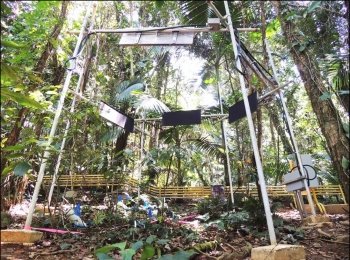
It took two years to plan the site layout, take pretreatment data and install heaters. The heaters were warming for one year prior to Maria. However, when Irma passed by, the power went off and has only recently been restored. Days later, Maria completely wiped out the forest canopy.
“When you walk into what was previously a closed-canopy forest, it’s hot, there’s no shade and there’s these weird tufty trees around. The forest is basically reset,” Cavaleri says of her visit to El Yunque Experimental Forest in January 2018.
After the hurricane, Cavaleri didn’t hear from Tana Wood or TRACE project manager Aura Rodriguez for days. While she was worried about the research station, Cavaleri said she was far more concerned with the well-being of her friends and the state of Luquillo, the community where Wood lives at the edge of El Yunque.
“The thing people were most unprepared for was the lack of communication,” Cavaleri says. “You know for a few days that a hurricane is coming. People stock up on water and food. They expect not to have electricity for at least a little while. But there was no phone, no internet, no way to talk to your family and no way to get to them because the roads were blocked. Do you wait in line at the gas station for eight hours or do you spend the day waiting in line to get water or formula for your kid? (Puerto Ricans have been making) those kinds of hard decisions.”
Wood and Rodriguez made it through the hurricane unscathed. But the research project is utterly changed.
Opportunities
The electricity to the site went out in September when Maria hit Puerto Rico and was restored in mid-January. The equipment at the warming plots was damaged by fallen trees and other debris. The canopy access tower stood fast, but the canopy is gone. Remaining trees are doing their best to put out leaves directly from their trunks to photosynthesize.
Happily, the Forest Service is working with contractors to repair the warming plots. Cavaleri hopes to use the canopy access tower to mount remote sensing instrumentation such as infrared cameras, LiDAR or spectrophotometers. Cavaleri has plans to pivot the project with her co-investigators into a warming and disturbance regime study—the only one of its kind in the world.
“We got four good years of data,” Cavaleri says. “I’m so grateful my whole lab was there all summer. I had three undergraduates there doing projects, my PhD student was doing a project all summer and they finished a full campaign. They got back a week before the first hurricane hit. We were lucky.”
However, Cavaleri worries about a gap in funding in addition to the gap in data collection following the hurricanes. The project did not receive NSF RAPID funding, Cavaleri thinks in part because the team wasn’t able to submit a proposal as quickly as some applicants were, largely because there was simply no way to communicate with her team in Puerto Rico.
Despite the setbacks, Cavaleri is hopeful about other potential funding sources.
“There’s a good opportunity for us there,” she says. “We’re working on a proposal about the combined effects of warming and a hurricane. We have so much data from before the hurricane, we really could create an amazing story about before and after (a natural disaster). Nobody in the world has all of this pre-treatment data for a forest from before a hurricane and a warming study, and the infrastructure to keep going.”
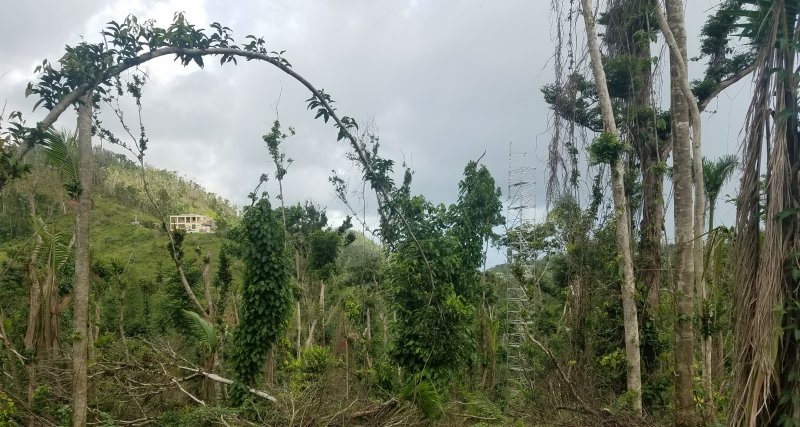
Michigan Technological University is a public research university founded in 1885 in Houghton, Michigan, and is home to more than 7,000 students from 55 countries around the world. Consistently ranked among the best universities in the country for return on investment, Michigan’s flagship technological university offers more than 120 undergraduate and graduate degree programs in science and technology, engineering, computing, forestry, business and economics, health professions, humanities, mathematics, social sciences, and the arts. The rural campus is situated just miles from Lake Superior in Michigan's Upper Peninsula, offering year-round opportunities for outdoor adventure.
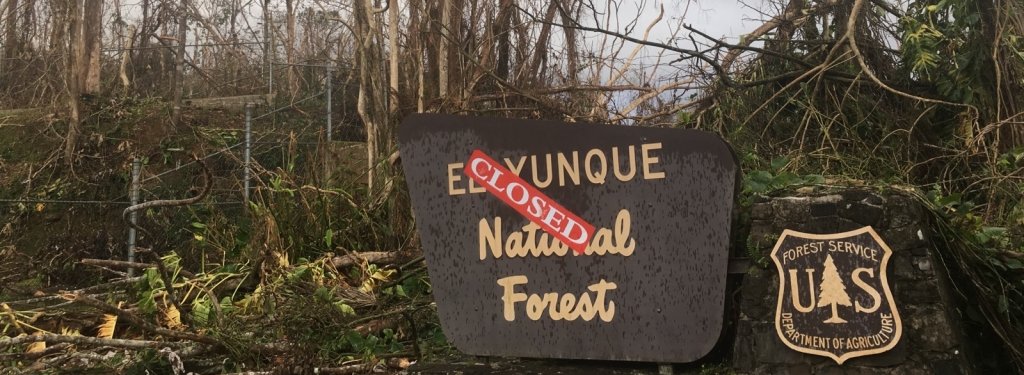


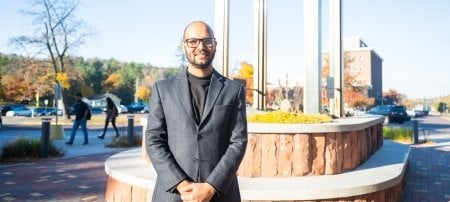
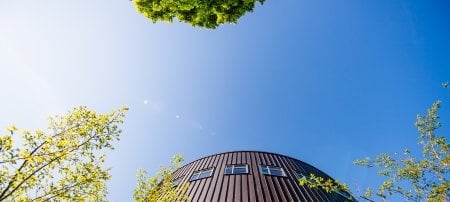
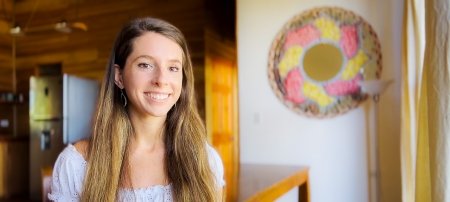
Comments